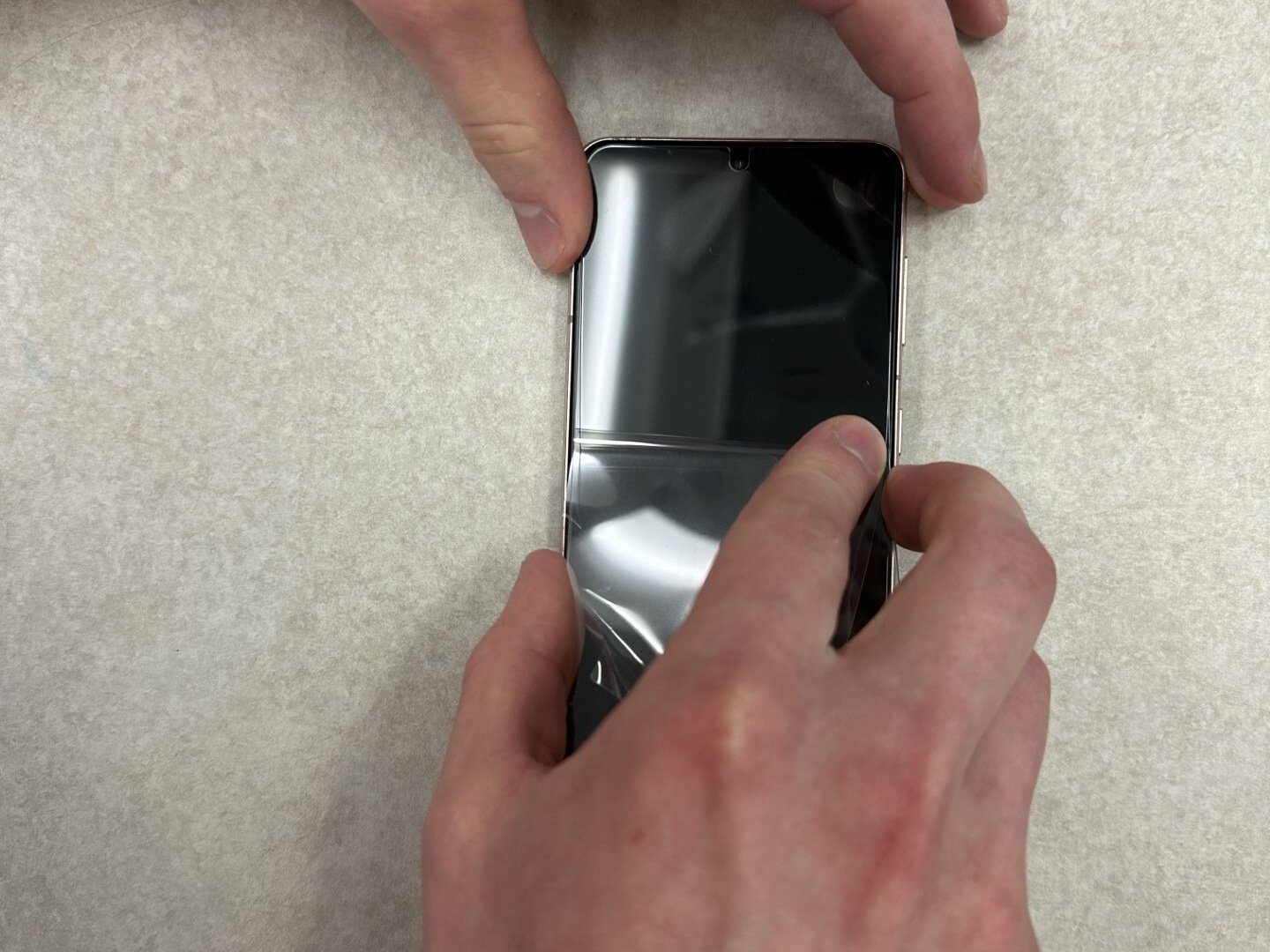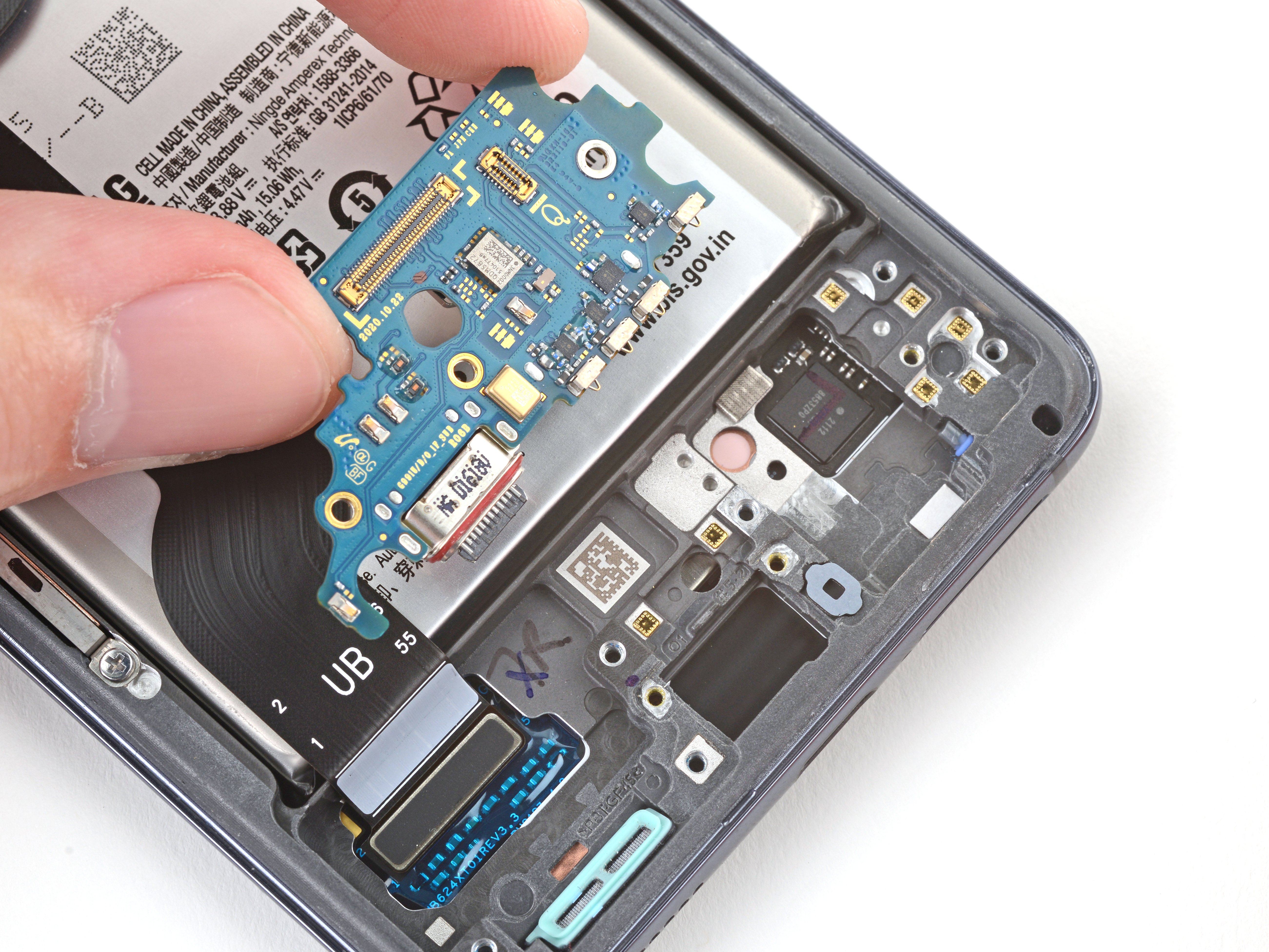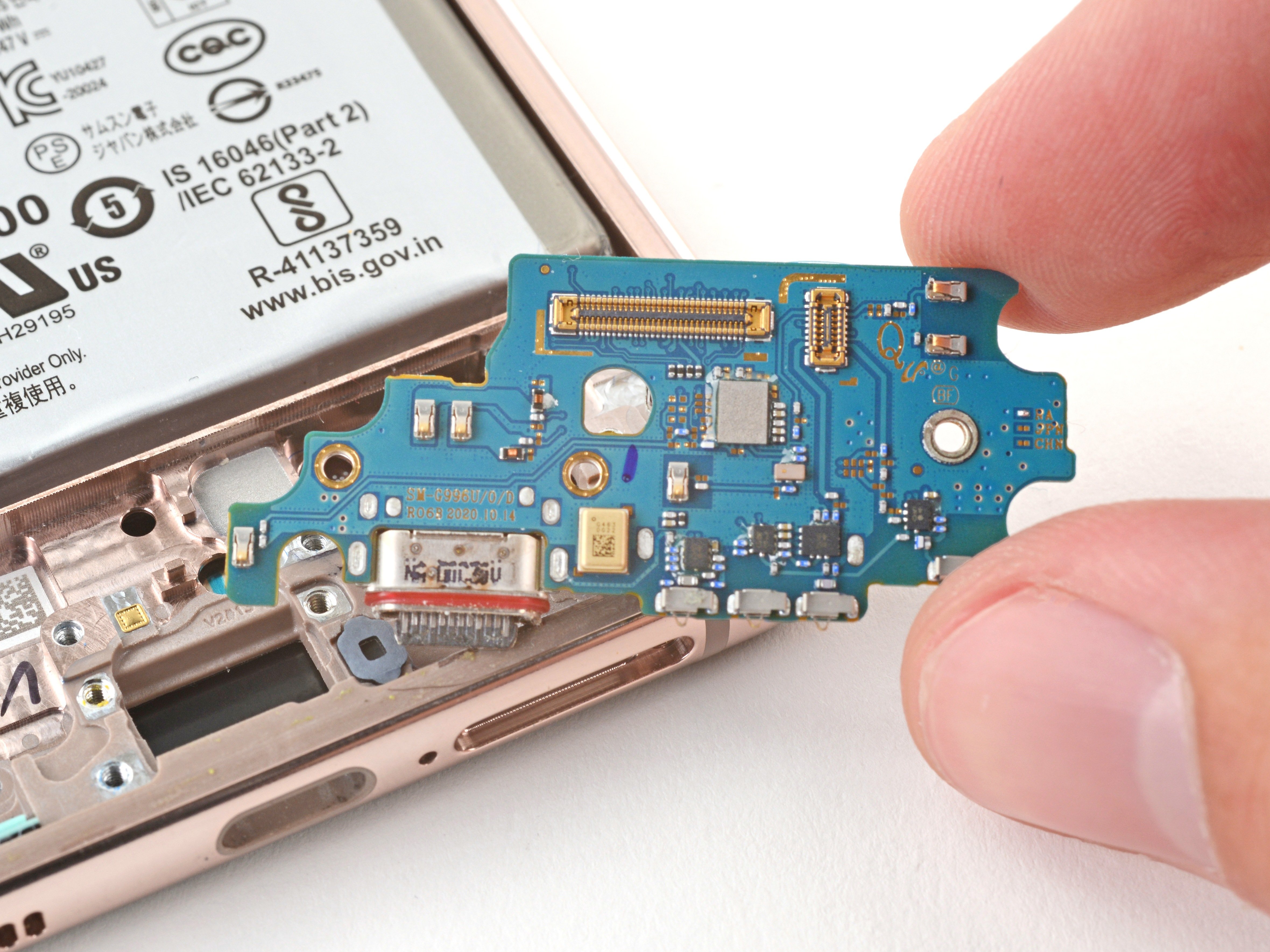How to Safely Discharge a Capacitor in Apple One
Duration: 45 minutes
Steps: 5 Steps
Hey there, repair enthusiast! Just a quick heads-up: before you dive in, make sure you’re working in a nice, tidy space. We wouldn’t want any rogue screws or parts sneaking off on you! And remember, if you ever feel a bit stuck, don’t hesitate to schedule a repair. We’ve got your back!
Capacitors are those handy little electronic doohickeys that pop up in nearly every device with a circuit board. Just a heads up: those big capacitors can hold a charge powerful enough to give you a jolt, so it’s super important to discharge them safely. While we at iFixit don’t have a fancy capacitor discharge tool for you, fear not! You can whip up your very own with a bit of creativity and know-how.
Step 1
Aluminum and Tantalum Electrolytic capacitors are compact powerhouses! They’re perfect for high-voltage scenarios thanks to their impressive maximum voltage ratings. So, when you need reliability in a small package, these little champs have got your back!
– Capacitors come in all sorts of shapes and sizes, but watch out for those big cylindrical ones—they’re the heavyweights that can pack a punch if mishandled!
– Aluminum electrolytic capacitors are your go-to guys for high voltage situations. They usually resemble little tin cans with both leads popping out from the bottom, ready to do their job.
Step 2
– First things first, let’s track down all the capacitors in your device! They’re the little heroes that keep everything running smoothly.
– Now, to figure out where the capacitor’s cathode is hanging out, look for the side that has a ‘-‘ (minus) symbol on it. That’s your guide to the negative lead, or cathode. Easy peasy!
Step 3
– Carefully flip the circuit board over so you can get a good look at those capacitor leads.
Step 4
Hey there! Just a friendly reminder: please avoid connecting the positive and negative terminals of the capacitor using standard wire, screwdrivers, or wrenches. Doing so could harm the capacitor and might lead to some unexpected and not-so-fun bodily harm. Stay safe out there!
– Grab your discharge pen and gently place the black, or negative, tip on the capacitor’s cathode. You’re doing great!
– Now, touch the red, or positive, tip of the discharge pen to the other lead, which is the capacitor’s anode. Keep it up!
Step 5
– Keep an eye on the LED light of your discharge tool. If the capacitor still has a charge, the LED will shine bright red until it’s completely discharged.
– Once that little light goes out, it means your capacitor is all cleared and good to go!





















